An introduction to the wonders of natural history and the joys of being an amateur scientist and collector, Cabinet of Curiosities is the perfect book for every young explorer who loves finding stuff in nature and bringing it home. And this month only, it’s available as a $1.99 ebook. To celebration the promotion, we asked author Gordon Grice to share a personal exploration story, which you can read below.
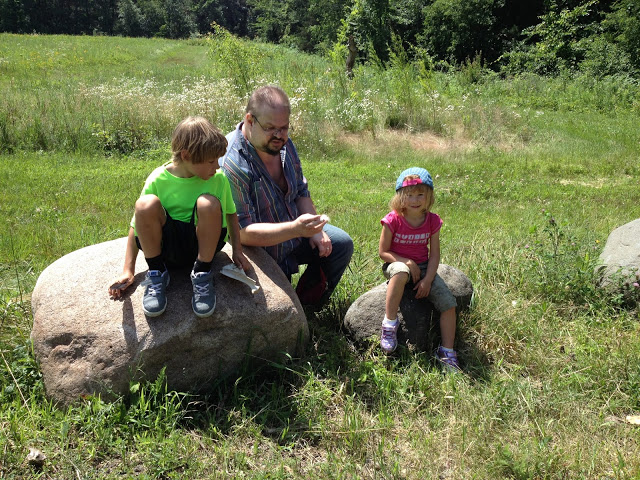
Photo Credit: Penny Westerlund
Not long ago I found myself taking two French children and their grandparents on a nature walk. It’s the sort of thing that happens to me fairly often. Both kids hoped to see a snake. They’d recently had the opportunity to pet a grass snake and found it interesting. No luck on the snake front, but we did see dragonflies, finches on the wing, male and female pine cones, skink eggs, sumac plants with clusters of red berries, and other cool stuff.
Three-year-old Carlie fell asleep and had to be carried, though she woke now and then to look at things. Seven-year-old Jonah was excited to gather stuff for his cabinet of curiosities. He didn’t know what a cabinet of curiosities was when the walk started, but his grandmother told him I’d written a book about them, and he warmed to the idea immediately. He found a crow feather to keep. We talked about its parts and how it can cut through the air to help a bird fly even though some of its parts are fluffy.
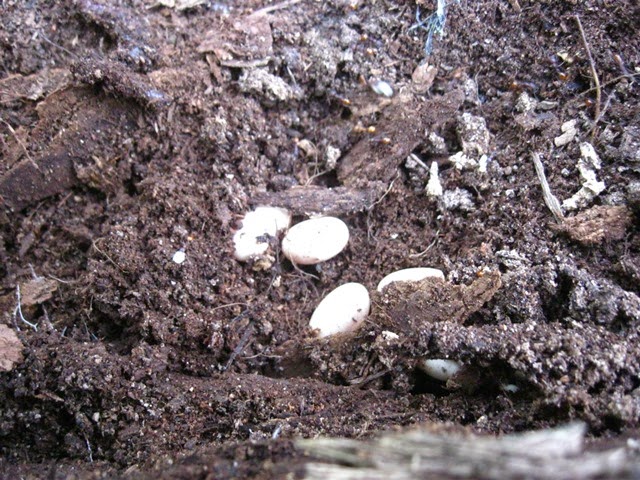
Photo Credit: Parker Grice
Our next discovery was a burrow. The kids had taken an interest in every hole in the ground, wondering what might live inside, but this was the biggest we’d seen. I said it might belong to a badger. They weren’t familiar with American badgers, so I tried to explain what they were–something like a raccoon, built low, hunting by night, that sort of thing. “Mostly a meat-eating animal,” I added.
“Do they eat persons?” Jonah asked.
“No, they’re too small for that,” I said.
He seemed disappointed. That’s when I knew these were my kind of kids.
“A bone!” Jonah said a little further along the trail. His mother is an American and he speaks English at least as well as I do, but the O in bone narrowed in the French manner.
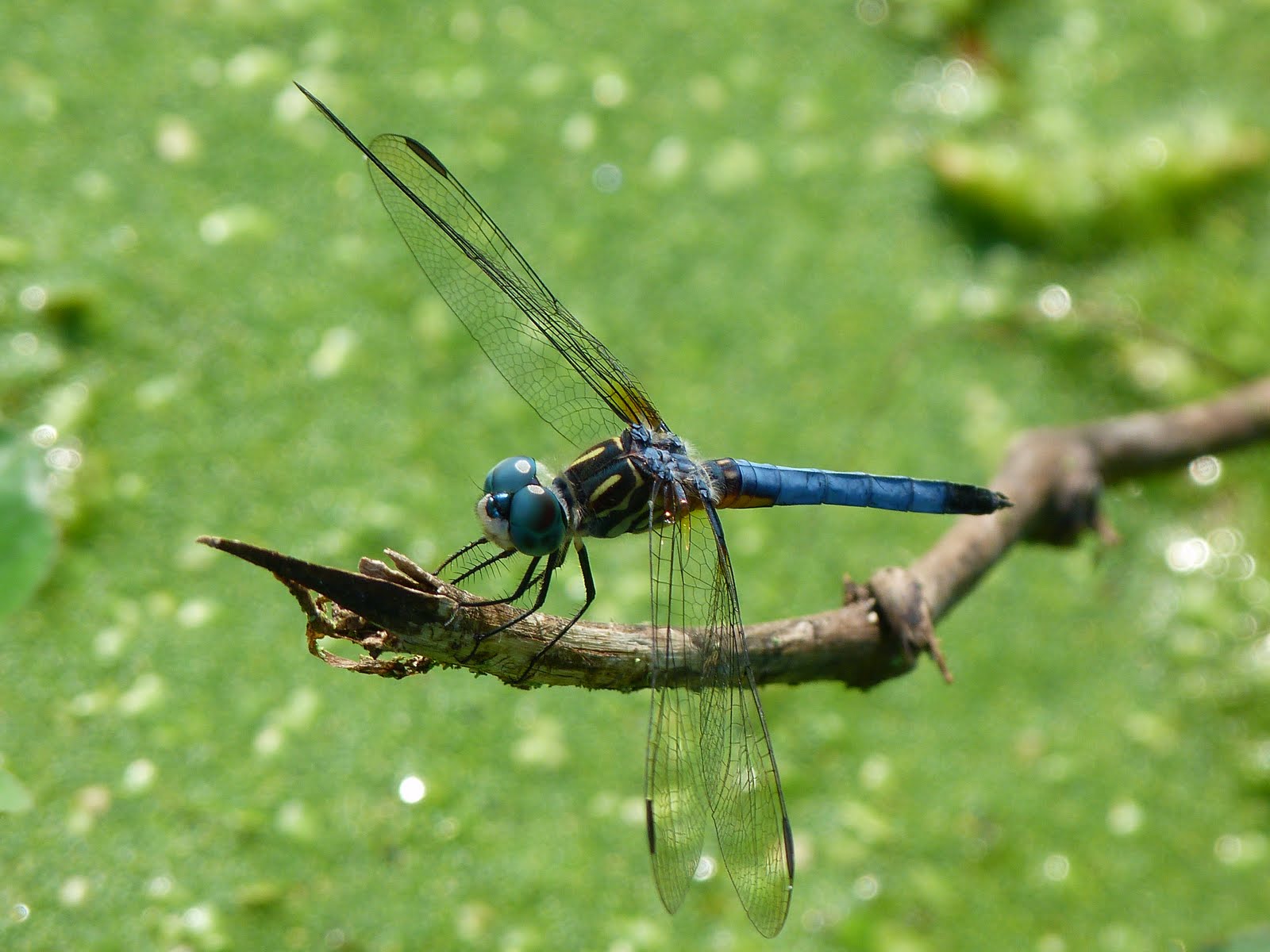
Photo Credit: Dee Puett
It was the shoulder-bone of a deer. I knew it belonged to a deer because I’d kept an eye on the carcass since last winter. I don’t know what killed the deer in the first place, but when my sons and I first discovered it, we found it had been torn and slightly eaten by domestic dogs. We saw their paw prints all around the carcass. In later visits, we saw the scat of a smaller scavenger that burrowed in through the deer’s flank to dine. The deer didn’t decompose much because of the cold, so the scavenging went on for weeks.
All of this scavenging had torn the carcass up a bit, but one day I found it totally disarticulated, scattered from the trail head for yards down snowy paths–here a hoofed leg, there a leathery pile of freeze-dried organs. The tracks nearby were clearly those of a canine. I pulled from my coat pocket a ruler I carry for just such an occasion and measured a paw print at five inches across. Probably just a big dog, I thought. But I looked around at the gray winter sky thickening into dusk and tightened my grip on my walking stick.
That, however, was a lonely winter evening, and now, on this hot summer morning, we found only the one bone. I showed Jonah the hole where a canine tooth had pierced it.
To learn more about collecting and understanding the wonders of the natural world, check out Gordon Grice’s Cabinet of Curiosities here.

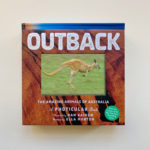
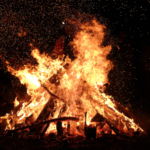
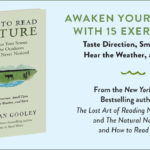

No Comments